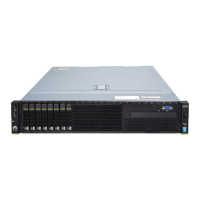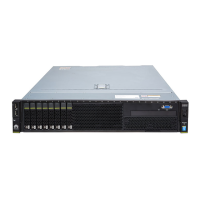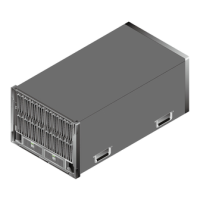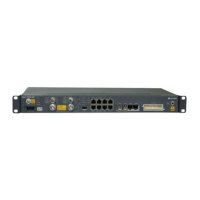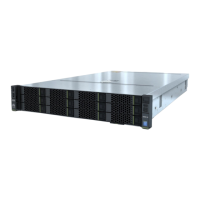Mod
ule
Feature Description
Corrupt Data
Containment Mode
Identies the memory storage unit that contains
corrupted data to minimize the impact on
running programs and improve system
reliability.
Socket disable for
FRB
Isolates a faulty socket during startup to
improve system reliability.
Architected Error
Records
With the eMCA feature, the basic input/output
system (BIOS) collects error information
recorded in hardware registers in compliance
with UEFI specications, sends the error
information to the OS over the APEI of the
Advanced
Conguration and Power Interface
(ACPI), and locates the error unit, improving
system availability.
Error Injection
Support
Injects errors to verify various RAS features.
Machine check
architecture (MCA)
Provides software recovery for uncorrectable
errors, which improves system availability.
Enhanced MCA
(eMCA): Gen2
Improves system availability.
OOB access to MCA
registers
The out-of-band system accesses MCA registers
by using the Platform Environment Control
Interface (PECI). If a fatal error occurs in the
system, the out-of-band system collects onsite
data to facilitate error analysis and locating and
improve system serviceability.
BIOS Abstraction
Layer for Error
Handling
The BIOS processes errors and reports error
information to the OS and iBMC in compliance
with specications to improve system
serviceability.
BIOS-based predictive
failure analysis (PFA)
The BIOS provides physical unit information for
DIMM errors, and the OS traces and predicts
errors, and isolates error memory pages.
2.10 Software and Hardware Compatibility
Use Computing Product Compatibility Checker to query the hardware and
software compatibility of the RH2288H V3.
The RH2288H V3 supports a variety of OSs, including Windows, SUSE Linux
Enterprise Server (SLES), and Red Hat Enterprise Linux (RHEL). For details about
the OS compatibility, use Computing Product Compatibility Checker.
RH2288H V3 Server
User Guide 2 Overview
Issue 46 (2022-12-28) Copyright © Huawei Technologies Co., Ltd. 67
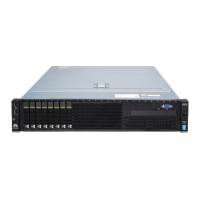
